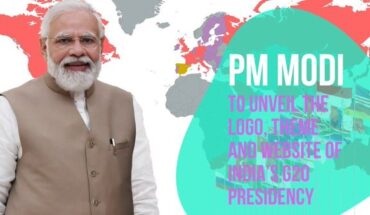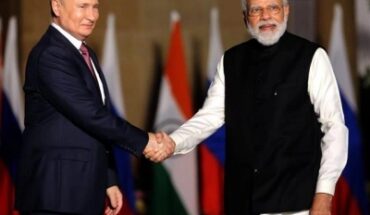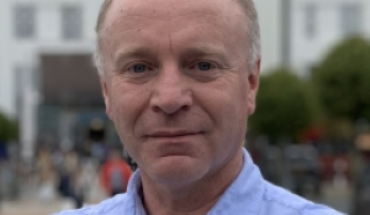By Dominick Rodrigues
Taipei : Taiwan’s offshore windpower efforts are targeting “Green” power recovery — enroute achieving net zero carbon emissions — and two wind farms with local suppy chain capacity being completed in this direction.
This was revealed at the Global Offshore Wind Energy Summit -Taiwan (GOWST) 2021, organised by the European Chamber of Commerce Taiwan (ECCT) and the Global Wind Energy Council (GWEC) along with Taiwan International Ports Corporation (TIPC), and comprising 1,371 physical and virtual attendees including policymakers, offshore wind leaders, port authorities and supply chain stakeholders in Asia Pacific Region.
Urging Taiwan to speed up its renewable energy buildup to decrease reliance on imported fossil fuels and increase its energy security, ECCT Vice-Chairman Giuseppe Izzo highlighted also great business opportunities for regional cooperation and in new business areas like producing green hydrogen using wind energy.
Ben Backwell, CEO at GWEC, noted thatTaiwan’s success as +Offshore Wind leader+ in Asia inspired other Asian countries to deploy offshore wind as part of their green energy transition. However, Taiwan will need to develop a long-term infrastructure strategy, especially the ports, to accommodate the huge volume of offshore wind projects in the pipeline and prepare for next generation technologies such as sector coupling of wind-based hydrogen production,” he said.
“Taiwan’s offshore wind power promotion has witnessed two wind farms being completed, and local supply chain capacity established,” Sheng Jong-chin, Vice-Premier of Executive Yuan, noted, adding that besides completing the planned wind farm construction, Taiwan will promote zonal development to ensure the supply of green power required for manufacturing exports, besides deepening exchanges with international partners to join the Asian market in the near future.
Describing “Offshore windpower” as an important key to achieving net zero carbon emissions while also meeting related target by 2025, Wang Mei-hua, Minister of Economic Affairs, said that the Ministry has formulated an “epidemic prevention plan” to assist wind farm construction personnel to come to Taiwan.
Jasper Bank, CCO of Port Esbjerg, Denmark elaborated how Esbjerg has evolved from being the country’s principal fishing harbour into Europe’s leading port for offshore wind turbines.
Event moderator Maya Malik, Senior Advisor of the Global Offshore Wind Task Force (GWEC), led nine industry leaders and government officials in discussing future challenges and opportunities for offshore wind, including urgent investment for producing next generation offshore turbines in Taiwan, besides accelerating green energy trading market in Taiwan and encouraging more CPPAs between developers and Taiwan companies — who must decarbonise for global supply chain compliance.
Sanjeet Sanghera, global Head, BloombergNEF, updated policies and challenges facing new offshore wind markets. Andrew Ho at Ørsted Asia-Pacific, revealed the EU’s ambitious target for producing renewable hydrogen, mainly from excess offshore wind power, to 6GW by 2026 and 40GW by 2040.
GWEC Market Intelligence’s latest market outlook highlights Taiwan being positioned to be the +largest offshore wind market+ in Asia (excluding mainland China) with its offshore wind power generation capacity expected to reach 15GW over 10 years between 2026 and 2035. This means Taiwan will create over 20,000 jobs and attract around US$30 billion in inward investment by 2025 – with this investment reaching US$90 billion and creating estimated 57,000 jobs, in transforming Taiwan as ‘green’ leader in the region, a release stated.





